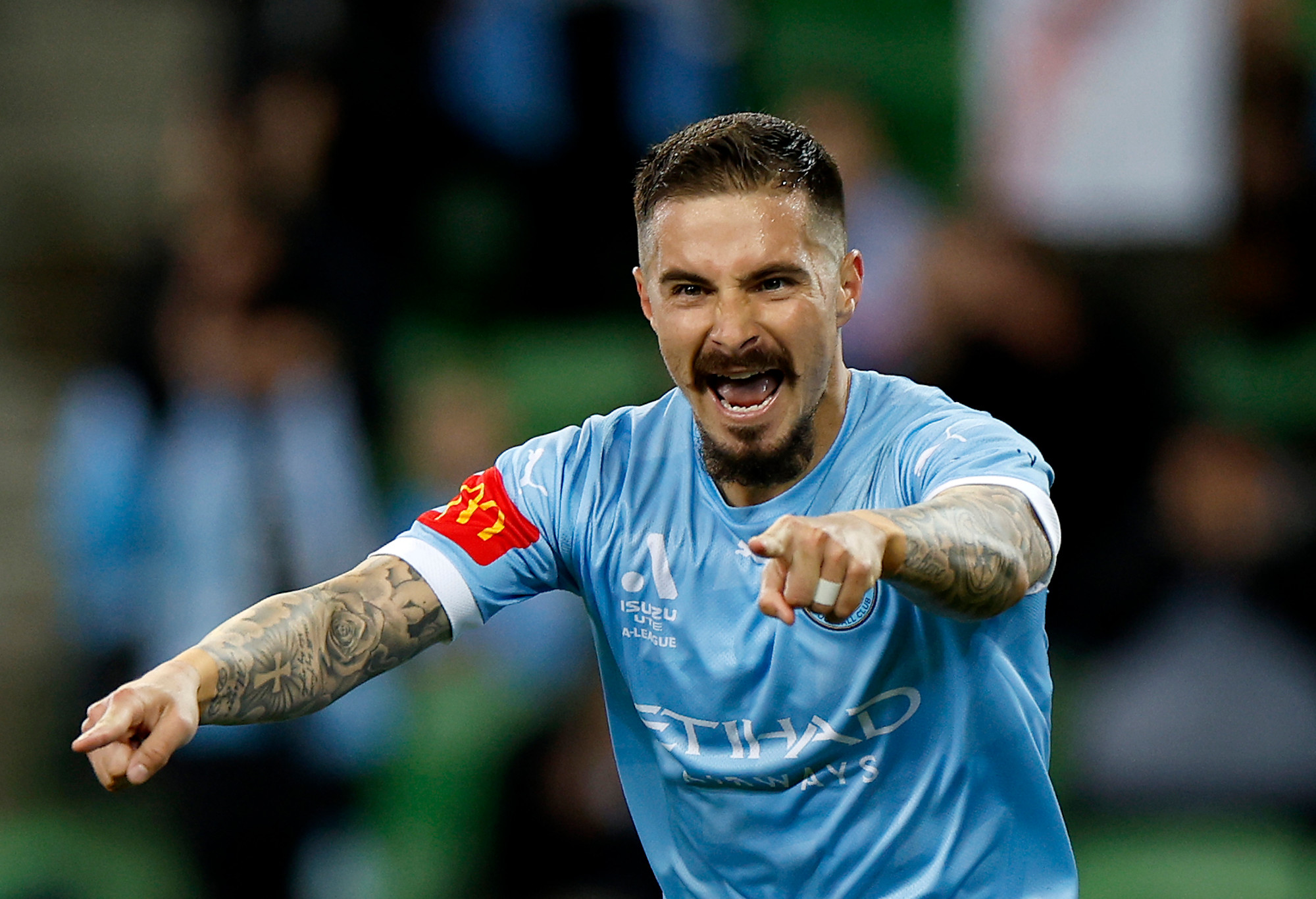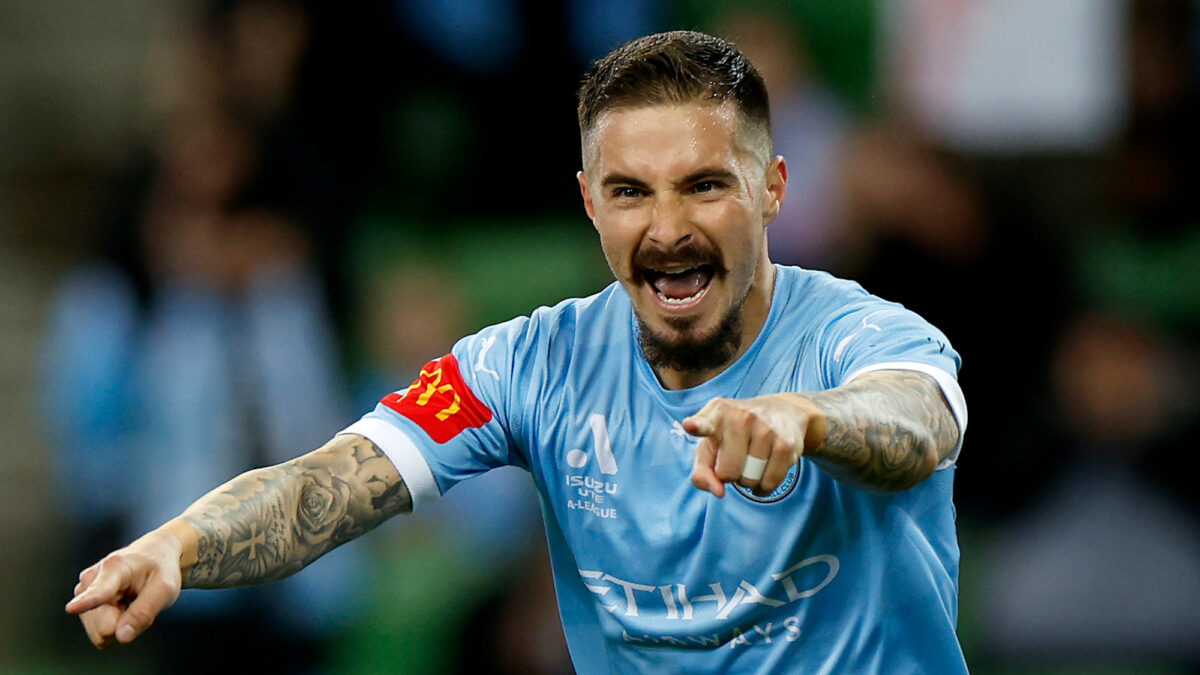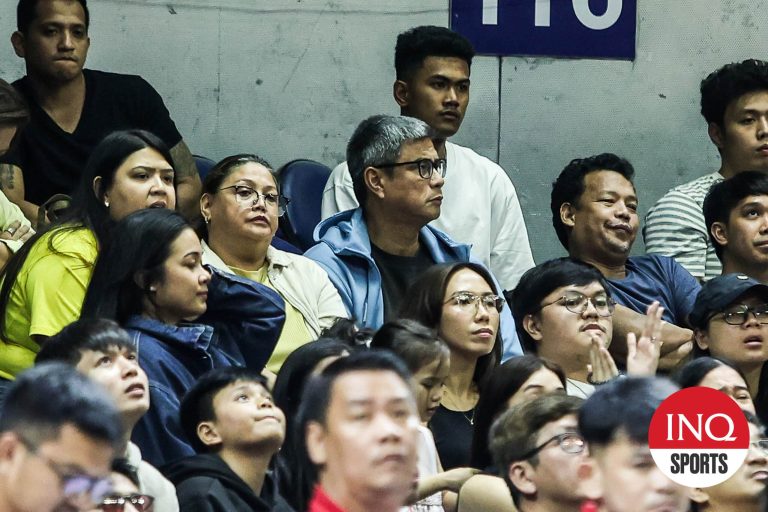A few weeks ago, the APL proposed a more strict salary cap for A-League Men’s clubs of $3m total for player wages, with the exception of a single player whose wages will be outside this cap.
APL Chair Stephen Conroy has argued that this cap is necessary to stop an unsustainable ‘player spend arms race’ . Whilst I’m sympathetic to this view, the APL’s proposal goes too far in limiting the ambitions of bigger A-League clubs, harming the competition as a whole.
To start with the obvious issues, a hard salary cap limit would significantly decrease the ability of A-League clubs to retain players. In the past few years, there has been a sizeable growth in the salaries offered by Asian football leagues. Whilst the growth in the Saudi Pro league is obvious, the A-League finds itself in a position where it is competing with other Asian leagues for the same class of players.
We’ve seen several A-League players make the move to India such as Jamie Maclaren, Jason Cummings and Roy Krishna. Recently, Vanuatu international Brian Kaltak also announced he would be leaving Central Coast to pursue an overseas opportunity. Whilst the argument could be made that these players have already achieved what they could in the A-League, it would be wrong to suggest the higher wages offered did not play at least some part in their decision to move abroad. This is especially the case for Maclaren and Cummings, who have risked their position with the national team by making this move.
The question for the APL is simple, how does it expect to keep players in the A-League, when the wages in overseas leagues continue to grow? If there is a cap on wages, players who still in the prime of their career may start considering other Asian leagues as a legitimate option. Yes, there will always be a desire for players to move to Europe, but for those who fall short of that standard, Asia is now a legitimate option.

Jamie Maclaren. (Photo by Jonathan DiMaggio/Getty Images)
This is to say nothing of the A-Leagues’ ability to attract overseas foreign players. It is no secret the A-League hasn’t’ been competitive in signing superstars, with the odd exception for players like Nani and Douglas Costa who don’t necessarily carry the same name as the marquees that make their way to the US or Saudi Arabia.
Some may say that this is beneficial as it would require the A-League to focus on player development instead. There are two issues with this argument. The first is that it assumes that the two are mutually exclusive in that the A-League can only be a development league or a league with superstar international players. The second is that these internationals are critical to grow the A-League.
In her book ‘Blockbusters: Hit-making, risk-taking and the big business of entertainment’ Harvard Business School professor Anita Elberse analysed the financial performance of various organisations within the entertainment and sports industry.
Her research found that in the entertainment industry, it is more profitable for a business to invest heavily in fewer, but higher risk projects than to spread the budget across smaller, safer ones (known as a ‘blockbuster’ strategy). From football to basketball, her research found that when sports teams and movie studios hire A-list talent, this usually pays off as their commercial appeal will often make up the initial production loss.
The clearest example of this can be seen with Inter Miami breaking the bank and offering a completely unprecedented deal to sign Lionel Messi. The contract was unique in that not only did it offer an incredible salary, but also included a revenue share model where he also gets a portion of profits from MLS’ broadcast deal with Apple TV.
The Messi risk was clearly worth it for Inter Miami and MLS. According to ESPN, Inter Miami has doubled their revenues since Messi’s signing, signed several new sponsorships with brands such as Audi, and MLS jersey sales have increased 41% globally. Crucially, attendances at games across MLS have dramatically increased, not only those including Inter Miami.
Yes, there is a risk that a blockbuster strategy fails (Melbourne Victory spent big on Nani only for him to rupture his ACL for example). Notwithstanding the fact that I doubt that any of the marquee players A-League clubs have been signing over the last few years qualify as ‘blockbuster players’, risk-taking is a necessary part of the entertainment industry, and the A-League (like it or not) is in the business of entertainment. If A-League clubs aren’t prepared to take these risks, then the league will continue to stagnate as it currently does so.
I say this knowing the first comment is going to be something like ‘but wait, it’s all well and good to talk about signing Messi, but A-League clubs can’t afford it’. This is correct, but only in the sense that A-League clubs can’t compete on a dollar-for-dollar offer from overseas.
It is beyond the scope of of this article to go into too much detail on this point, but if money was the sole reason why superstar players leave Europe, then why doesn’t everyone go to Saudi Arabia? Furthermore, there are millions of examples in the sports industry where maverick organisations have attracted star players whilst offering less money than their competitors. Messi is the clearest example of this. Al-Hilal were never going to offer Messi a revenue-sharing deal or equity in the club like Miami did.
A hard salary cap puts significant restrictions on A-League club’s abilities to pursue such a strategy. A-League clubs who are willing to take risks must be provided the opportunities to do so, since (as the Messi deal illustrates) there are league-wide benefits as a result.
But how do we do this, whilst still ensuring competitive balance and prevent a ‘player spending arms race’? By introducing a ‘luxury tax’ instead of a salary cap.
Under a luxury tax model, there is a set cap that every club is allowed to spend on wages. Whilst spending over the cap is permitted, each club pays a percentage of the amount it spends over the cap to a centralised fund, which is then redistributed amongst the clubs that don’t breach the cap.
For example, suppose the cap was $3m, and Melbourne Victory spent $6m on salaries within a year. One model could require Victory to pay 30% on the $3m it spent above the cap into this fund. The concept could be taken further in the case of special marquees. It could be that instead of paying a tax on the amount exceeding the cap, Victory pays a tax on the revenue that this special player brings to Victory, calculated through tickets and shirt sales. Of course, a tax on player-generated revenue wouldn’t be an option for every player, but it does provide a flexible way for clubs that want to bet on the expected revenue they could get from signing a marquee.
The luxury tax model is already operating across several sporting leagues in the world, without harming competitive balance. The most obvious examples are from Major League Baseball and the NBA. Whilst there are franchises that spend above a cap, or regularly pay luxury tax, this hasn’t resulted in big franchises dominating the league, with 16 different World Series and 11 different NBA Championships across 25 years. UEFA has also been considering this as recently as 2021, with the Premier League also considering this as looking to introduce this model as an alternative to issuing points deductions for breaching Profitability and Sustainability Rules.
Whilst there is a need to ensure A-League clubs don’t spend beyond their means, if clubs are prepared to take the financial risk in doing so they should be permitted to. It is vital for the growth of the A-League that clubs are able to remain competitive with other Asian football leagues, and are properly encouraged to make the necessary investments into superstar marquee players. The current proposal from the APL does not consider this at all, and alternative model like the luxury tax system should be considered as an alternative.





